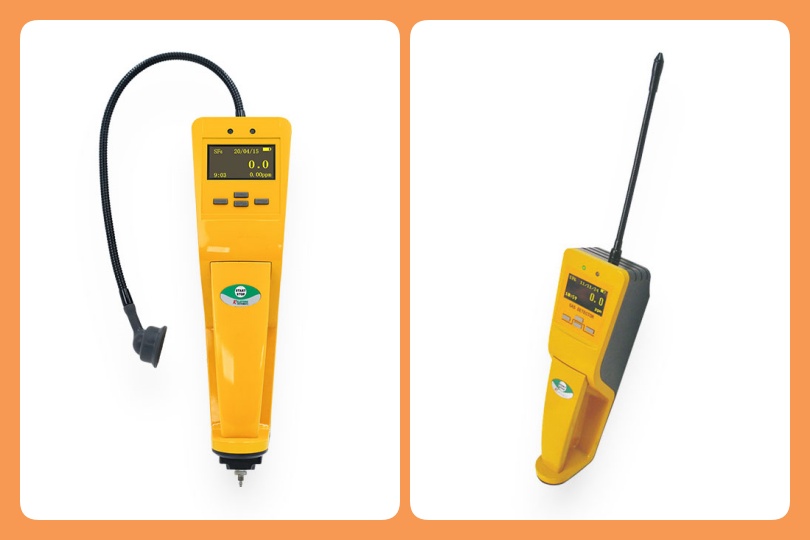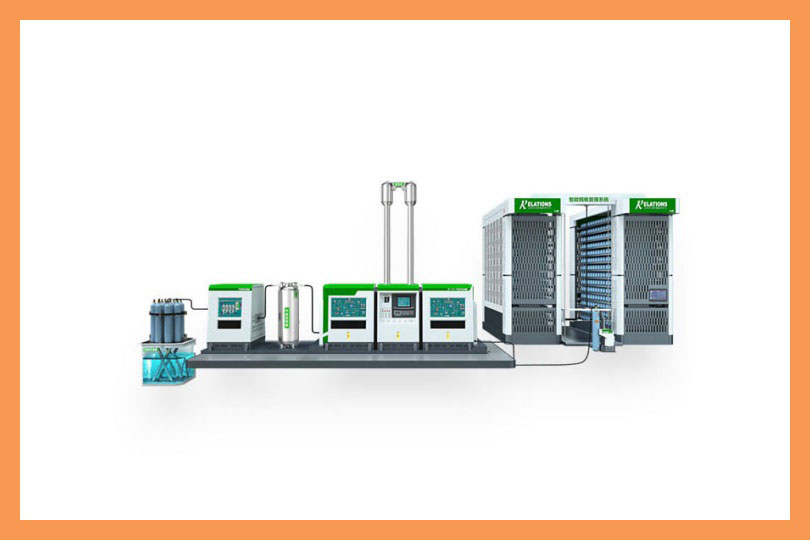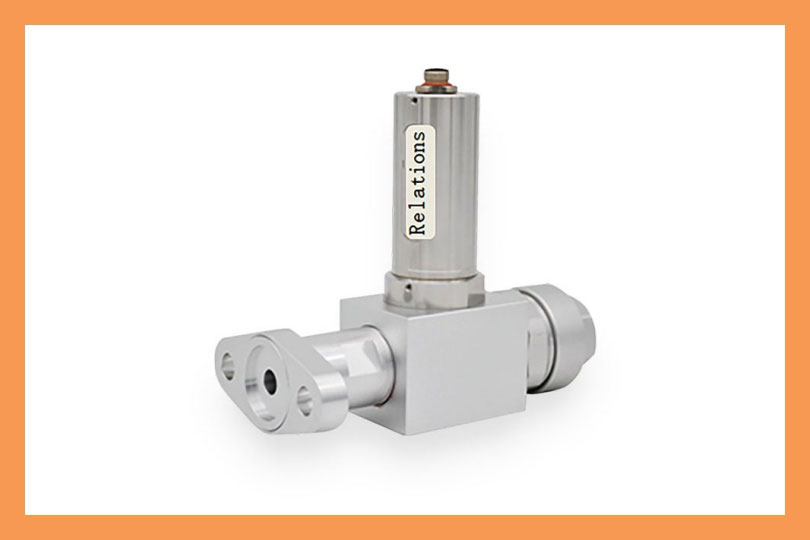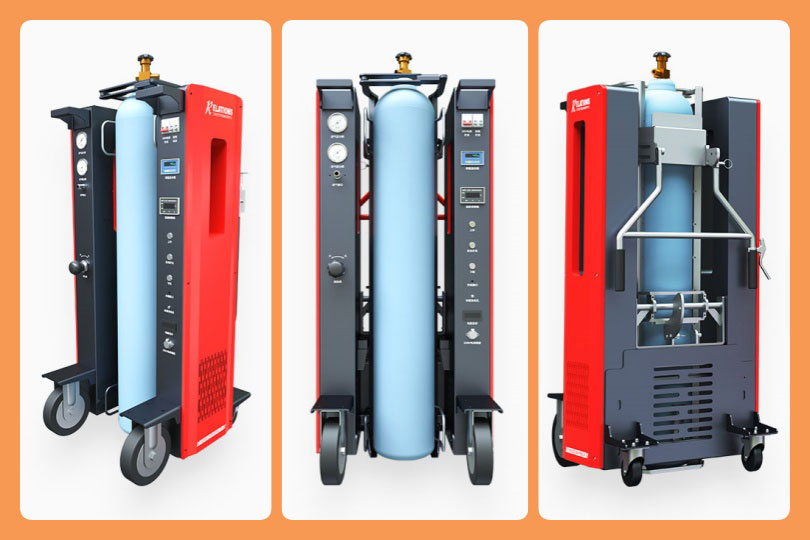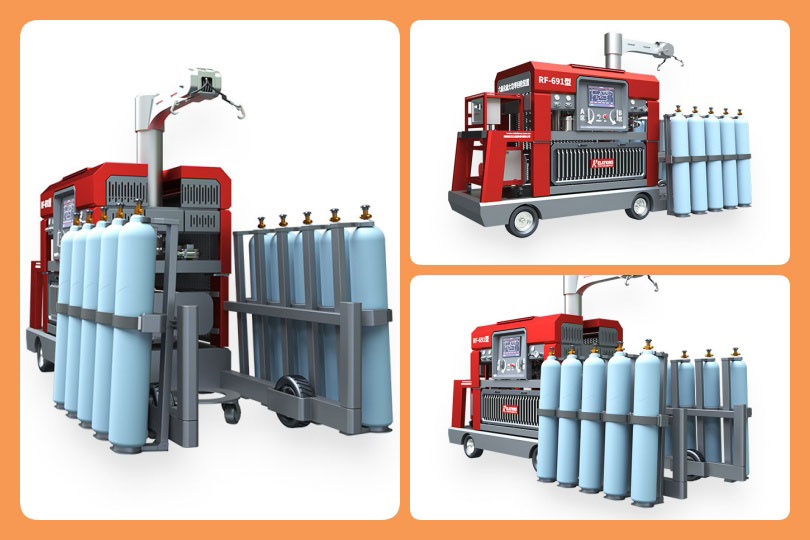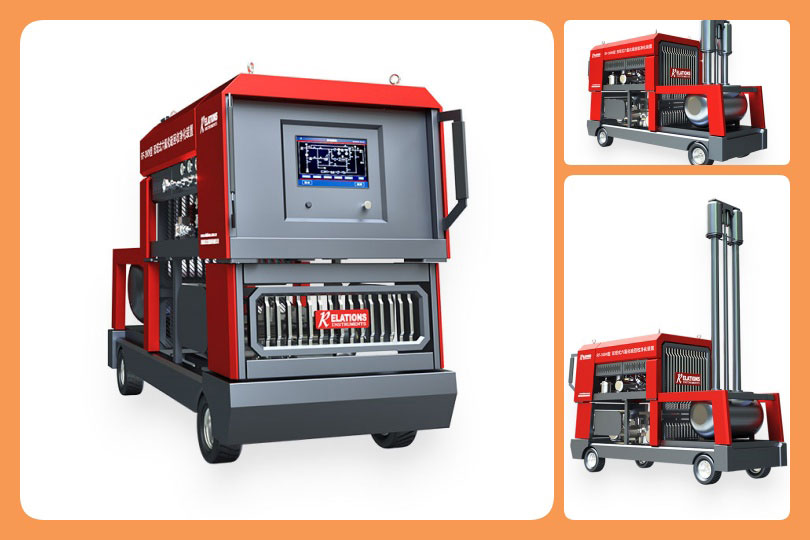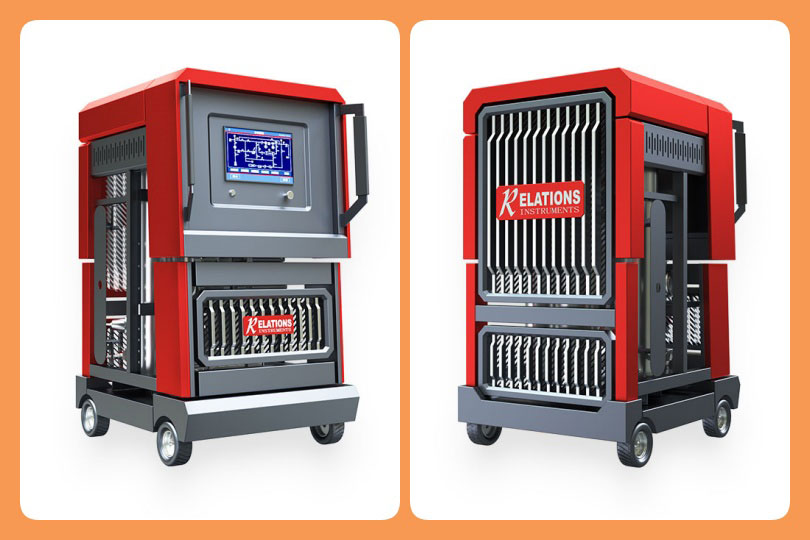From Recovery to Reuse: All You Need to Know About SF6 Gas Disposal
Date
2025-05-14
[email protected]
Website
www.sf6gasdetector.com
Get Solutions And Quotes
From Recovery to Reuse: All You Need to Know About SF6 Gas Disposal
SF6 gas, or sulfur hexafluoride, is widely used in the electrical industry due to its excellent insulating and arc – quenching properties. However, it is also a potent greenhouse gas with a global warming potential thousands of times greater than carbon dioxide. Proper disposal of SF6 gas is crucial to minimize its environmental impact. Here’s a detailed look at how SF6 gas is disposed of.
1. Recovery
The first step in SF6 gas disposal is recovery. Specialized SF6 gas recovery units are used to extract the gas from electrical equipment such as switchgear, circuit breakers, and gas – insulated switchgear (GIS). These units are designed to safely and efficiently remove the SF6 gas, preventing any leakage into the atmosphere. For example, in a power substation during equipment maintenance, a technician will connect the recovery unit to the SF6 – filled equipment. The unit uses a combination of vacuum pumps and compressors to draw out the gas. Some advanced recovery units can achieve high recovery rates, often reaching over 95% of the initial gas volume in the equipment.
2. Purification
Once the SF6 gas is recovered, it needs to be purified. During use in electrical equipment, SF6 gas can become contaminated with impurities such as moisture, decomposition products, and solid particles. Purification is essential to ensure the gas can be reused or properly disposed of. There are several purification methods. One common approach is through filtration. The gas is passed through filters that can remove solid particles and some liquid contaminants. Activated carbon filters can be used to adsorb certain decomposition products. Additionally, molecular sieves are often employed to remove moisture. In a purification plant, the recovered SF6 gas will pass through a series of these filters and purification stages. The gas may first go through a pre – filter to remove large particles, then through an activated carbon bed, and finally through a molecular sieve dryer. This multi – step process can significantly improve the purity of the SF6 gas.
3. Storage
After purification, the SF6 gas is stored in appropriate containers. These containers are designed to withstand the high pressures of the compressed SF6 gas. Storage tanks are usually made of high – strength materials such as steel. The storage facilities need to be well – ventilated and located in areas with proper safety measures in place. For instance, a large – scale electrical equipment manufacturing plant may have a dedicated storage area for purified SF6 gas. The storage tanks are regularly inspected for any signs of leakage or damage to ensure the safe containment of the gas.
4. Reuse or Final Disposal
Reuse: If the purified SF6 gas meets the required quality standards, it can be reused in electrical equipment. This is an environmentally friendly and cost – effective option. Many electrical utility companies and equipment manufacturers have established procedures to test the quality of the recycled SF6 gas. If the gas passes tests for purity, moisture content, and decomposition products, it can be re – introduced into new or refurbished electrical equipment.
Final Disposal: In cases where the SF6 gas cannot be reused, it must be disposed of properly. One method of final disposal is through incineration in specialized facilities. However, this requires careful control as SF6 gas can decompose into harmful by – products at high temperatures. Another option is to send the gas back to the manufacturer or a licensed disposal facility that has the expertise and equipment to handle SF6 gas safely. These facilities may use advanced techniques to break down the SF6 gas into less harmful substances or to capture and store the gas in a way that prevents its release into the atmosphere.
In conclusion, proper disposal of SF6 gas involves a series of well – defined steps, from recovery and purification to storage and either reuse or final disposal. By following these procedures, the environmental impact of SF6 gas can be significantly reduced, contributing to a more sustainable future.
Relevant Recommendations
SF6 Gas High-Power Recovery, Recharging And Vacuuming Device
| Parameter Name | Parameter Value |
| Product Name | High-power SF6 Recovery, Recharging and Vacuum Pumping Device |
| Output Final Pressure | 50 bar |
| Vacuum Compressor | 31.3 m³/h, Ultimate Vacuum Degree 1 mabr |
| Filter | Filters moisture, decomposition products and solid particles |
| Filtration Particle Size | ≤1 μm |

